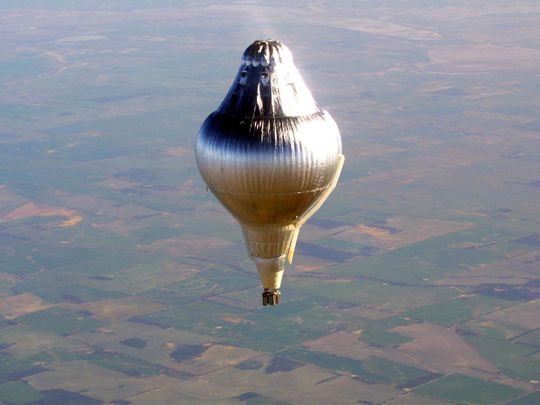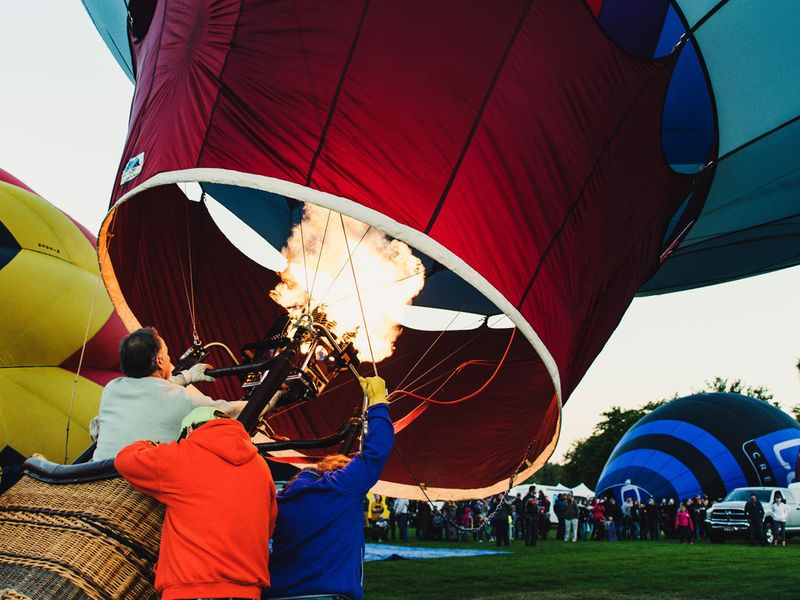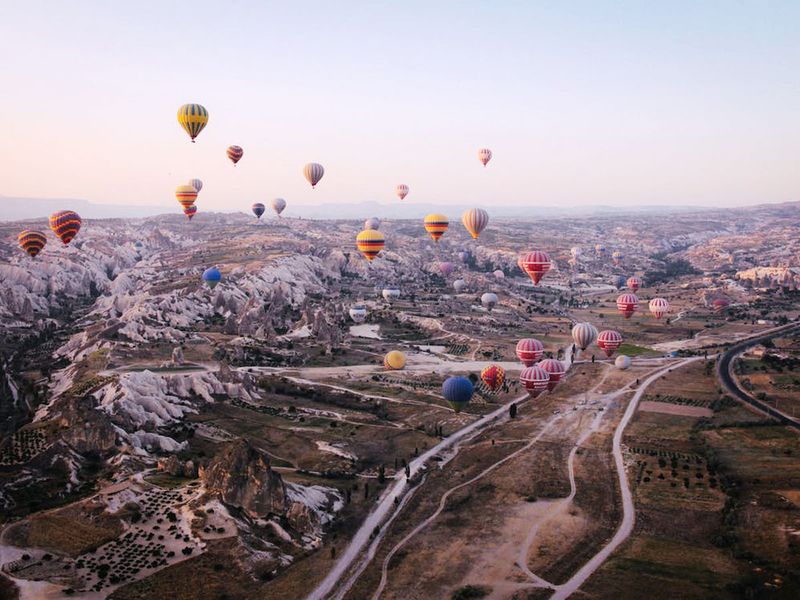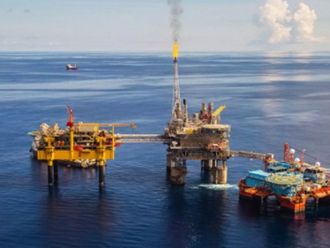
A spate of mysterious flying objects over North America, including a Chinese balloon, has triggered political outrage and security questions. The United States Air Force jets shot down all four of them, and Washington accused China of using the balloon for surveillance, which Beijing denies saying it was a civilian research craft.
Here’s a look at ballooning, its origins and uses.
What’s a balloon?
A balloon is a flexible airtight bag filled with hot air or gas, such as helium or hydrogen, to make it rise and float in the atmosphere. A basket or container is suspended below the balloon to transport passengers, cargo or instrumentation. Balloons were used in human’s first attempts at flying.
How do balloons fly?
Balloons fly when they contain a buoyant gas, such as helium, hydrogen or heated air. It is also called lighter-than-air free flight. Balloons can be manned or unmanned; some carry meteorological instruments and other equipment. By adjusting the ascent and descent of a balloon, a pilot can use available winds to steer the balloon in the sky.

Who invented ballooning?
Joseph-Michel and Jacques-Étienne Montgolfier of France invented ballooning. On June 4, 1783, they made a public demonstration in Annonay, a small town south of Lyon, using the heat from a straw fire to lift a 10.5-metre diameter cloth-and-paper balloon.
What are the different types of balloons?
The three basic types of balloons are hot air, gas, and a gas–hot air hybrid. The super-pressure balloon was built when materials with higher tensile strength became available in the 1950s
What are the uses of hot-air balloons?
Hot-air balloons, made of lightweight nylon-coated and polyester fabrics, are used for short flights at low altitudes (up to 3km) and for recreational purposes. Modern hot-air balloons that use liquid propane burners can stay aloft for several days and travel around 1,000km. Encyclopaedia Britannica says that gas-hot air hybrid balloons have crossed continents and oceans and even circled the globe.

What are high-altitude balloons?
High-altitude or stratospheric balloons are usually filled with helium or hydrogen and released into the stratosphere (the second layer of the atmosphere from the Earth). They can be crewed or uncrewed. Gondolas, suspended on the flight chain, can carry payloads and other equipment for high-altitude experiments. These balloons ride the winds and are recovered after each flight.
How high do these balloons fly?
Stratospheric balloons generally reach heights between 18 and 37 km above sea level. In 2002, the balloon BU60-1 reached a record altitude of 53km. Some balloons can conduct long-duration flights, lasting several months. These balloons are launched into “near space” — between the Armstrong limit (18–19km) and the Karman line (100km).
What are super-pressure balloons?
Super-pressure balloons are made of polyester film, which does not expand or contract as the enclosed gas heats up or cools down. These balloons have been used to carry instrumentation aloft for months as they circumnavigate the Earth.
read more
- What are the rumours swirling about balloons, UFOs as US officials stay mum?
- China says more than 10 US balloons flew in its airspace
- China balloon: Many questions about suspected spy in the sky
- China calls US House resolution ‘political manipulation’
- US shoots down mysterious object near Canadian border
What is the equipment aboard balloons?
Modern balloons carry in the gondolas electronic equipment such as radio transmitters, cameras, or satellite navigation systems, such as GPS receivers. Some have onboard science, astronomy, atmospheric chemistry and weather forecasting equipment. Balloons used for surveillance obviously will have equipment for snooping.
How do balloons navigate?
Most balloons do not require an engine and fuel since they are powered by wind. They go where the wind blows and are at the mercy of the weather. Navigation is minimal, depending on the apparatus aboard, which allows the balloon to change altitude and catch winds. Some balloons may have propellers, which allow for some amount of steering.
What are the uses of stratospheric balloons?
The balloons are generally used for weather research and forecasting. Stratospheric balloons are used by scientists and researchers to carry out high-altitude experiments.
The low cost of high-altitude balloons makes them an attractive option for surveillance since they can be equipped with high-fidelity sensors, autonomous navigation systems and artificial intelligence.
When was the first manned flight?
According to the Encyclopaedia Britannica, the first untethered manned balloon flight occurred on November 21, 1783, when two Frenchmen climbed into a wicker basket suspended from a cotton balloon. The balloon, filled with air heated by burning straw, carried the men aloft for more than 20 minutes over Paris.

What’s long-distance ballooning?
Balloonists have always tried to fly greater distances. The first transatlantic flight occurred in 1978 when Americans Ben L. Abruzzo, Maxie Anderson, and Larry M. Newman flew aboard the Double Eagle II, a helium-filled balloon. The first transpacific balloon crossing was made by Americans Abruzzo, Newman, Ron Clark, and Rocky Aoki on the helium-filled Double Eagle V in 1981.
In 1984, Joseph W. Kittinger (US) made the first solo transatlantic balloon flight, while Steve Fossett (US) made the first solo transpacific balloon flight 11 years later.
The first successful around-the-world balloon flight was made in 1999 by Bertrand Piccard (Swiss) and Brian Jones (Britain) on a combination hot-air and helium balloon, the Breitling Orbiter III. The first solo around-the-world balloon flight was completed by Fossett aboard the Bud Light Spirit of Freedom in 2002.
When did ballooning become a sport?
Ballooning became a sport in 1906 when American publisher James Gordon Bennett offered a trophy for annual long-distance flights. Initially, it was a rich man’s sport, but its popularity spread in the 1960s.
The International Aeronautical Federation (FAI) maintains gas and hot-air ballooning records. These days, there are many local ballooning clubs, mainly in Europe. Commercial ride operators fly low-altitude balloons over tourist attractions.
Why does the military love balloons?
Militaries worldwide are investing in balloons for surveillance and reconnaissance missions. They are cheaper and can slip into airspaces undetected and linger for days to take images and eavesdrop on communications. The prying lenses of expensive spy satellites can be dodged since they pass over at regular intervals.
Photographic payloads (high-altitude photography and videography) may be carried by large surveillance balloons, and some can even detect hypersonic missiles.










